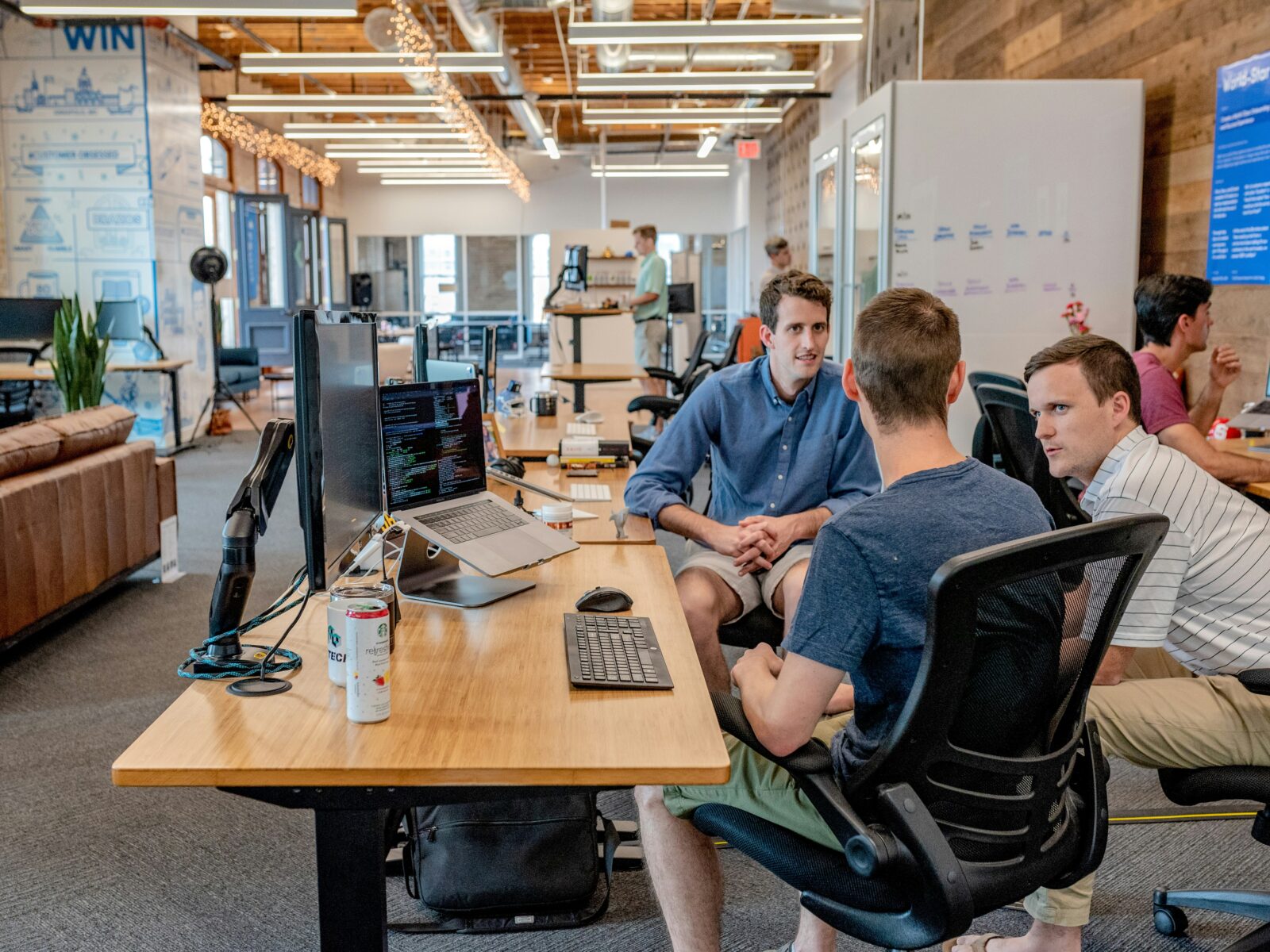Innovation in design and development is impossible without collaboration. Sparks fly when like minds meet resulting in unusual ideas and solutions beyond the individual limits. Nowadays in the environment of the digital age, collaboration is not only useful but necessary. The collaboration of the varied talents will allow forming the atmosphere in which imagination can flourish, and boundaries will melt.
Just think of a mindstorming session between a software developer and a graphic designer or between a project manager and a UX researcher. Combined, all the perspectives introduce depth into the process to make it much more than the part of the parts. In this blog we will see how teamwork is a vital aspect of successful projects and how with cooperation you can bring your work to greater levels. So, it is time to immerse in this play of collaboration that generates great outcomes in the sphere of designing and developing!
Advantages of Cooperation with Others
Teamwork is the I-V address to innovation. Ideas are free flowing when people team up. The individual inputs are also distinct and aside this, create a creative approach.
Team work also improves the ability to solve problems. The presence of various groups of people enables addressing issues in different directions. It is a common practice in solving a problem in a better and efficient way.
The next major benefit is the distribution of work load. The team work enables work to be shared as per capabilities and expertise making them even more efficient.
digitaloutlook.com.au web company team support also has a part to play. Teams and encouragement are perfectly aligned because teams make an environment where encouragement is successful and it increases morale and encourages the members.
There is also increased networking opportunities through cooperation. Establishing the rapport with different professionals helps to develop even outside the context of the current projects and projects in the future will become the consequence, causing the development of relationships and getting collaborations and projects that will further careers.
The Various Notes of the Skills and Considerations to be Made
Teams that are diverse succeed together. Everyone in a team has his or her ideas and abilities to offer. The designers are visual thinkers and the developers are functionality thinkers. This combination makes a better product.
It is vital to know these differences. One person can think of an original design, and another must think of technical viability. This is filled through open communication.
Furthermore, diverse backgrounds play a role towards innovative problem solving. As an example, the experience of a marketer can bring insight into the issues of user experience that designers cannot observe.
The collaboration comes by encouraging an environment in which everyone feels appreciated. The freedom of individuals explaining their expertise contributes to prosperity of ideas.
Listening also is instrumental in accommodating different perspectives. It assists teams to go through their conflicts and simplify ideas to come up with solutions that make more sense to different user groups with varied demographics.
These divergent talents are exploited towards much stronger designs and lean systems of development-which is in the overall healthy interest of the entire project.
Approaches and Resources of Successful Collaboration
Proper teamwork is dependent on the proper tools and approaches. The most important thing is communication, and such platforms as Slack or Microsoft Teams can help everyone be on the same track in the real-time environment. These are avenues that encourage fast conversations and minimize the emails.
Workflows are simplified by project management instruments like Trello or Asana. They enable teams to see what work needs to be done, work within deadlines as well as monitor progress. It is this openness that fosters accountability within a group.
Video conferencing applications such as zoom allow face to face interaction where it is not possible to hold a physical meeting. It assists in upholding individual relations that are important with regard to team work.
Also, working on common files with Google Workspace promotes parallel editing. Members of the team are able to promote ideas on real-time, which makes the voice of everyone heard.
Having clear objectives right at the start brings all forces together and expectations in line. Consistent checks in will also aid in revealing any obstacles early in the process so that they can be corrected before any project dates go off schedule.
Case Studies Efficacious Partnerships in the Sector
The collaboration of Apple and IBM can be regarded as one of the examples when the collaboration is successful. This partnership resulted in uniting the creative design strategy of Apple and the enterprise solutions capability of IBM. The combination of the two led to the development of effective mobile applications that changed business practices in different sectors.
One more motivating example is the Airbnb and the host community. The platform also assists in upgrading user experiences as it promotes rare accommodations across the globe by developing partnerships with local hosts. Both sides have experienced colossal growth because of this synergy.
The adoption of the open-source technologies, as it is applied by Microsoft, is the sign of the thought pattern change in the world of technology. They have strengthened the innovation of their products and services by adopting outside contributions and communities.
These realities show the reason why the different views result in innovative outcomes. In joint activities, synergies are usually formed bridging much further than what can be achieved alone. Any partnership is informative when it comes to the lesson of being adaptive and having common goals of acquiring success together.
Hurdles and How to Cope with Them
Coupled with teamwork is not easy. Hurdles may be formed due to conflicting ideas, miscommunication as well as different work styles. It is important to identify such possible barriers at the first stage.
A variation in the expectations of the team members is one of the main problems. Frustration may arise when each participant of the project has some different vision of how it should be implemented. The best way to overcome this is to set up goals early in the day so as to put everyone on the same track. Periodic follow-ups will also keep all sides on track and allow them to make changes when necessary.
The other problem usually encountered is communication barriers. Groups can include people with different backgrounds and level of expertise. This makes it advantageous but there should be tolerance in communication otherwise no one will have a chance to speak. Motivating an open atmosphere will lead to a discussion where an inquiry is not considered to be wrong.
Technology is also important in collaboration, but all we need is to use tools and at the same time engage in teamwork. They need to be deployed strategically and keep them open when it comes to application in your process.
Time management is important in cases where tasks have to be organized with a multiplicity of schedules and duties. The jointly set deadlines enable individual members to be responsible to their given input and at the same time be considerate to others schedules.
The direct approach to dealing with these challenges enhances the teamwork and upsurges productivity as you develop jointly by learning in real-life situations and adjusting.
















